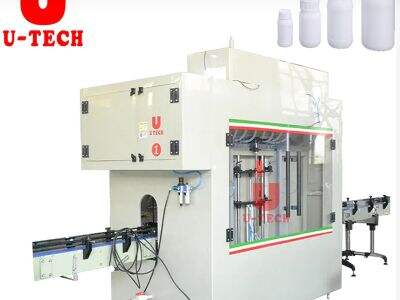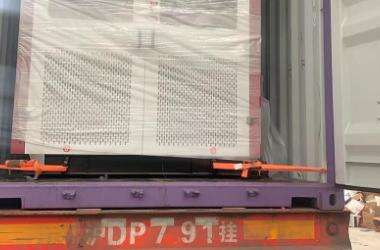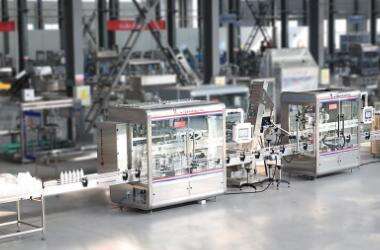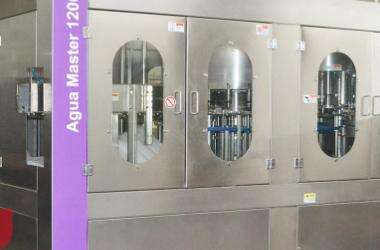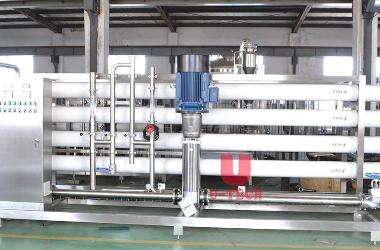Bottle liquid filling machines are suitable for filling bottles with a range of liquids, from water to by-products. These machines are capable of filling many containers rapidly and with accuracy. But there are numerous elements that can influence the effectiveness of an automatic liquid filling machine. Well let’s get to the bottom of those to explain why they have an influence on the machine.
Automatic liquid filling machines productivity determinants
Type of Liquid to Fill – Automatic Liquid Filling Machine One of the variables that can influence the efficiency of the automatic liquid filling machine is the nature of the liquid to be filled. The speed and accuracy that the machine fills containers can also be affected by the viscosity of the fluid. More viscous fluids, such as honey or syrup, can flow more slowly through the machine, making it fill containers less quickly. By contrast, liquids of lower viscosity, such as water or juice, may flow more readily, enabling the machine to fill containers more efficiently.
One other other variable that can affect automatic liquid filling machine production is the size and shape of the containers being filled. Certain machines are intended to fill specialized containers, and using containers that are too large or too small can hinder their efficiency. Likewise, odd-shaped or curved containers, or those having a small or narrow opening, can be problematic for machine-filling operations, often resulting in liquid waste and loss of production.
Significance of machine design on filling efficiency
The model of the liquid filling machine is one of the factors that will affect the efficiency. A machine that is well-designed, with short distance the liquid has to travel and fewer moving parts, is usually most efficient, while one that has moving parts that can eventually wear out as well as long distance the liquid has to travel is likely to be wasteful. Moreover, a machine of good quality with solid components and construction is less likely to require maintenance or break down, thus affecting overall efficiency.
Effects of Viscosity on Filling SPEED AND ACCURACY
Viscosity is a value that indicates how thick or thin a liquid is. High viscosity liquids flow slower than low viscosity liquids. This differential between those flow rates can be reflected in the speed and accuracy of operation of an automatic liquid filling device. Machines engineered to work with liquids of a particular viscosity will have trouble filling containers with either too thick or too thin liquids. The proper selection of a filling machine to accommodate the viscosity of the fluid being filling is essential in order to insure an efficient filling operation.
Controlled machine calibration to keep the best condition performence.
The auto liquid filling machine needs to be calibrated frequently to ensure that it remains both precise and efficient. The various working parts of the machine may become shifted out of alignment or worn, with the result that the machine's operation will become less efficient and inaccuracies of fill will result. By periodically calibrating the Closure Applicator and making necessary compensation, the machine can be kept up to speed and fill containers rapidly and with precision. Cleaning and calibration as well as a little care can also help to preserve the life of machines and prevent accidents and work stoppage.
Solving the common problems impeding liquid filling machines
Although automatic liquid fillers are effective machines, they can encounter problems that can prevent them from working efficiently. Air bubbles in the liquid are one such problem, as they may interfere with the accuracy of the fill. The former may be tackled using degassing and the latter may be avoided if the settings of the machine are adjusted so as to prevent them from forming.
And often there are leaks or spill during the filling, resulting in lost liquid and soil of the containers. Leakage and damaged component should be checked regularly and replaced in time to avoid this.


